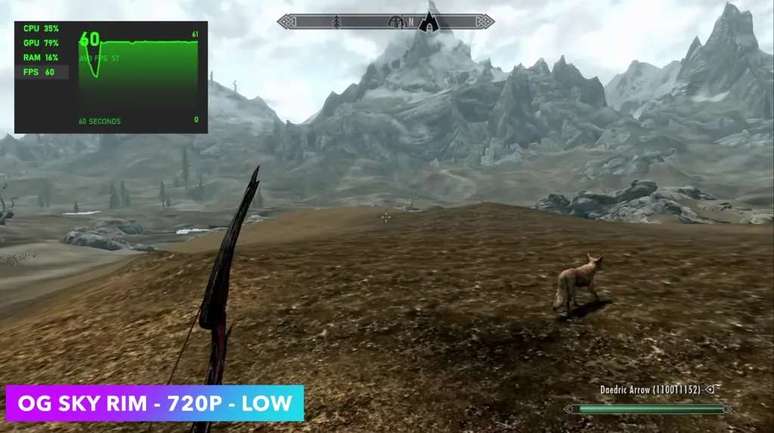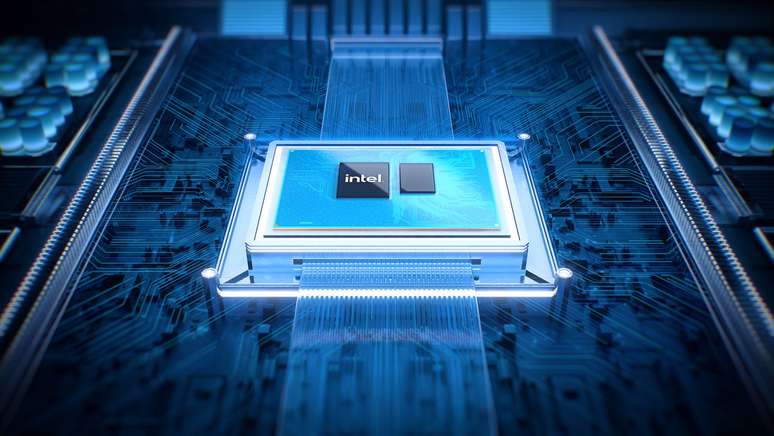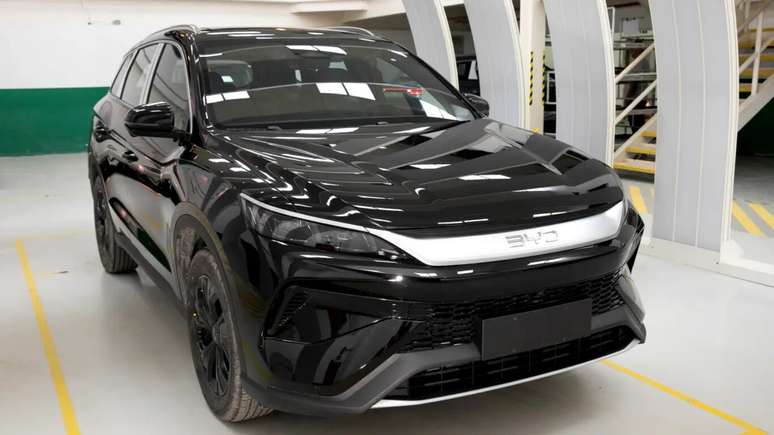Celeron’s successor, the new Intel N100 Processor brought gains of 64% in single-core in the 1st test, having good power even to emulate old games
Replacement of the old Celeron and Pentiumthe unique chip Intel N100 processor got its first in-depth test this week, packed into a very compact mini PC. Part of the Alder Lake-N line, announced at CES 2023 and based on an all-new architecture, the component surprised by the huge leap in performance per core it presented without affecting energy efficiency, while having the strength to face the emulation of old games .
- 14th generation Intel Meteor Lake could see efficiency gains of 50%.
- Nvidia RTX 4090 Mobile comes close to Desktop RTX 3090 in tests
Specializing in laptops and other compact computers, as well as emulation, the YouTube channel First ETA had access to the MoreFine N9, one of the first mini PCs to be equipped with the Intel N100 processor. The CPU features 4 cores and 4 threads, based on the Gracemont microarchitecture, the same as the high-efficiency E-Core of Intel Alder Lake 12th generation — basically, in this component we have 4 E-Cores that work alone, without the aid of high-performance P-Core.

Using the latest architecture offers many benefits, including support for up to 32GB DDR4-3200 RAM even when only one memory channel is enabled, compatibility with M.2 NVMe PCIe 4.0 SSDs, and Wi-Fi connectivity advanced at high speed. Fi 6. In addition to this, the GPU has been improved and now has 24 Execution Units, or 192 cores, working up to 750 MHz. As it is aimed at simpler and smaller PCs, the N100 has a consumption of 14 W (CPU + GPU, no boost), with CPU alone reaching 9W.
Before testing, it should be borne in mind that the use of single-channel RAM, especially DDR4, seriously affects the processor’s capabilities in the most demanding tasks – projects with DDR5, supported by the novelty, should have less impact. In this scenario the CPU has slower memory access speeds, as does the GPU, which suffers even more because it always needs to access large amounts of data simultaneously. Even so, the numbers obtained from First ETA impress.

In Geekbench 5, which evaluates the CPU, the N100 managed to score 960 points in single-core and 2658 points in multi-core. While not noteworthy, these scores symbolize huge advances over the previous generation’s equivalent processor, the Celeron N5105, from the Jasper Lake family. With the same amount of cores and consumption, the previous model scores only 587 points in single-core and 2,078 points in multi-core, which represents huge progress of 64% and 28% respectively for the newer solution.
These gains can be seen right away when browsing the Internet and even playing 4K video at 60 FPS, tasks performed without difficulty. The N100’s performance is also impressive in gaming: the launch is capable of running The Elder Scroll V Skyrim at 60 FPS at 720P resolution and low preset, with headroom on the GPU to switch to higher graphics settings. Other older titles like Half-Life 2 run even smoother, averaging 135 FPS.

Newer games, such as GTA V, struggle more to run, reaching just over 30 FPS. Still, when we consider that the chip is limited by 14 W power consumption, in addition to single-channel RAM, that’s a very good result. Nonetheless, it’s in emulation that the Intel N100 processor really stands out, running console code like the Nintendo GameCube and the ps2.
Both manage to run the most popular titles without any difficulty, with a frame rate of 60 FPS and resolution multiplied by at least 3x. The exception is the Wii U emulator, which couldn’t keep the framerate stable, even though it was averaging 40 FPS to 45 FPS. While the GPU was reaching its limit, First ETA believes that single-channel RAM is the main limitation for not having 60 FPS in this case.
The sequence of impressive results of the N100 concludes with the consumption and temperature data: without use, the component consumes only 4 W, reaching a maximum of 18 W during the most intense computing moments. Temperatures only reached 71℃ in the most demanding activities, thanks to a fan included in the package, which still worked silently.
Without RAM or storage space, MoreFine N9 is on sale on the MoreFine website for US$205 (~R$1,070), but a full minimum configuration, with 16 GB RAM and 500 GB SSD, costs US$319 (~R$1,670). The most curious factor is that the company ships to Brazil, having a free shipping option. That said, if you want to risk buying this or any other mini PC, keep in mind that there are still risks of taxation.
Source: VideoCardz
Trending on Canaltech:
- Xiaomi launches the walkie-talkie with a range of 5 km and a battery of up to 120 hours
- Al Ahly vs Real Madrid | Where to watch the semi-final of the Club World Cup live?
- Android TV 13 is starting to roll out to compatible devices, but not for you
- Preview New Chevrolet Montana | GM aimed at Toro, but hit Strada
- 8 big news in One UI 5.1
- Exclusive | The Brazilian company inaugurates the electric car factory in Paraná
Source: Terra
Rose James is a Gossipify movie and series reviewer known for her in-depth analysis and unique perspective on the latest releases. With a background in film studies, she provides engaging and informative reviews, and keeps readers up to date with industry trends and emerging talents.






